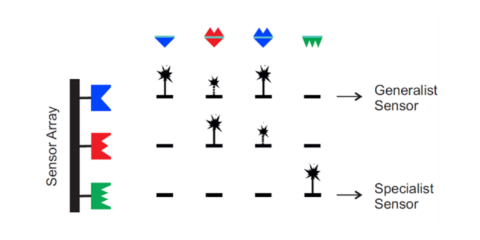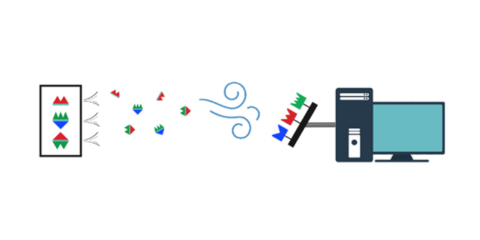Cluster 3
C3: Models, Designs, and System Architectures for Airborne MC
Airborne MC is a key mechanism evolved in nature for intra- and inter-species communication enabling the transmission of vital information regarding food search, mating, predator awareness, and complex social behaviours. The potential application areas of synthetic airborne MC include communication in challenging environments where electromagnetic-based communication (EMC) is unsafe (e.g., in industrial environments where explosive gases are processed) and secure communications as chemical signals cannot be intercepted by conventional EMC systems. In addition, synthetic airborne MC systems can be used to interact with or influence natural systems, e.g., controlled release of molecules to stimulate an odor perception for virtual reality (i.e., “natural receivers”) or detection of molecules for medical diagnostics and health monitoring (i.e., “natural transmitters”). Despite these exciting applications, surprisingly little is explored with respect to the underlying fundamental communication principles. Related work includes gas sensor technology, the analytical characterization of volatile substances bearing information, biotransformation of molecular signals, and cognitive processing. However, the theoretical and experimental verification of the usefulness of MC concepts for the delivery of air-transmitted information is not yet a focal point in the literature. In nature, one particularly important form of airborne MC is olfaction. Representative are natural “sender and emitter” systems, such as glands, and “receiver systems”, such as mammalian nasal organs or insect antennae. Targeted and on-demand emission, utilization of behavioral and environmental propagation factors, and selective and focused reception of the transmitted information have been shaped by millennia of evolutionary processes, unmatched by technological achievements to date. In C3, we will study the principles of airborne olfactory MC to inspire the design of synthetic MC systems operating over ranges of up to a few meters. In P7–P9, we will investigate transmitter systems for molecule release, receiver architectures for detection, and corresponding theoretical models and design guidelines for airborne MC systems.



